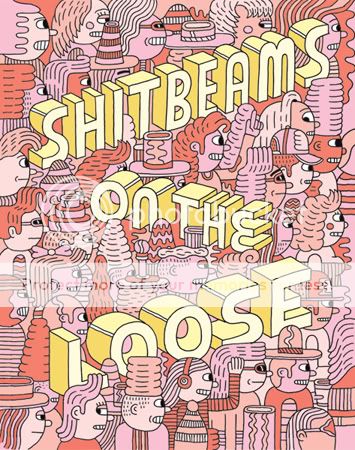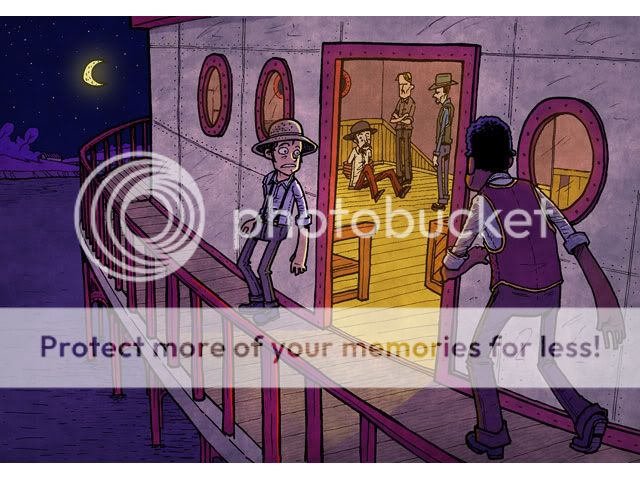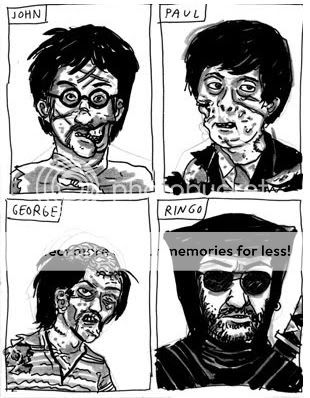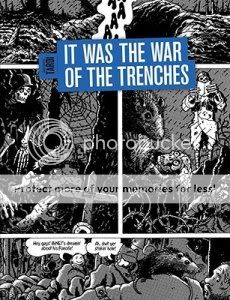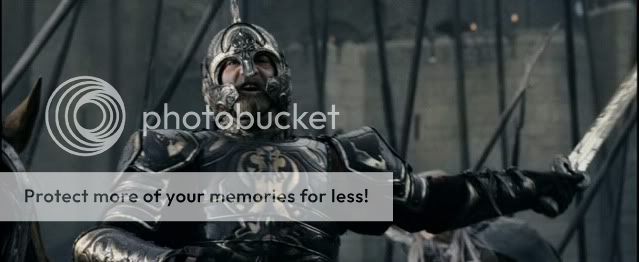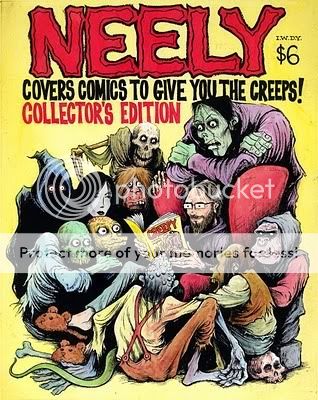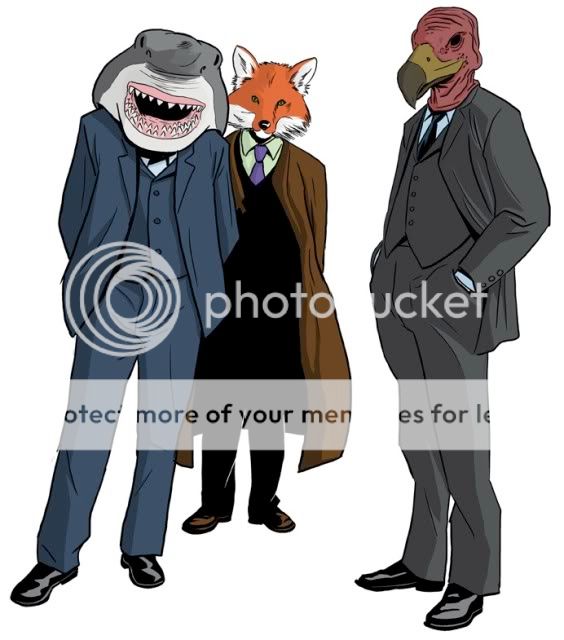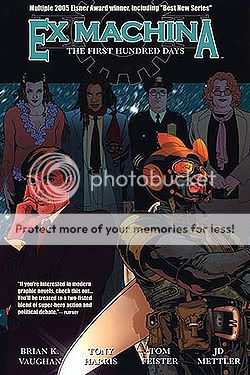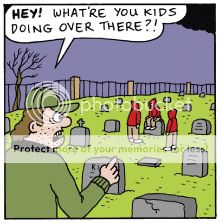Half exhausted from staying up so late on a work night, half delirious from the ambien I took to smooth my transition into beddy-bye once I got home (right, that’s the ticket), I discovered at the midnight screening of The Twilight Saga: Eclipse I went to last night that the movie flies right by. I’m reasonably sure this is actually true and not merely a product of my two-in-the-morning brain, and I’m reasonably sure it’s a compliment as well.
The two earlier installments of the series, Twilight and New Moon, were distinguished by their weird, physics-defying property of requiring a lot of time to do not so much. Both earlier films were dominated, after all, by sequences of Kristen Stewart’s Bella getting to know a hot boy who’s secretly a monster, sequences that took up what felt like over half of each film’s running time. In Eclipse, there’s not, like, a new hot mummy or Frankenstein or zombie or ghost kid for her to meet/stare at/be stared at by, so that portion of the narrative is gone.
The other really odd thing about the each of the first two movies is the detachment of the final-reel climax from, basically, the whole rest of the film. In Twilight you have a few scattered scenes involving the vampire trio who end up serving as ersatz antagonists, but their initial confrontation with the Cullen vampire family, their rogue member’s decision to hunt and kill Bella, his attempt to do so, and his death at the hands of the Cullens all takes place within approximately 20 minutes toward the end of the movie. New Moon is slightly better in this regard–Robert Pattinson’s Edward does at least mention, in passing, the idea of baiting the ruling super-vampire council the Volturi to should he ever want to kill himself, which is where things end up. But Edward’s first-reel fake-breakup with Bella and her loooooong subsequent getting-to-know-you stuff with Taylor Lautner’s teen wolf Jacob mean that once again, the showdown with the sinister vampire antagonists comes out of nowhere and is wrapped up rapidly. Eclipse breaks that pattern too. Pretty much from the jump, you and the characters know that Victoria–the female vampire from the initial film’s trio, now played by Bryce Dallas Howard in a bad wig and out for vengeance for the death of her mate at the Cullens’ hands–is breeding an army of powerful, out-of-control “newborn” vampires to storm Bella’s hometown, overwhelm the Cullens and the werewolf tribe, and murder Bella. So the Cullens and werewolves train to fight the newborns, the newborns attack and are defeated, and the inevitable Edward-Jacob team-up dispatches Victoria. The end!
So,yeah, Eclipse has a rather welcome sense of direction. Credit genre-vet director David Slade, perhaps? Certainly the 30 Days of Night helmer has fun with the sort of shattered crystal statue effect deployed here (for the first time in the series so far, because why the heck not) for what happens when you dismember a vampire, and with the series’ second conspicuous murder of a child while our heroes stand by and do nothing, and with a memorably nasty flashback of the werewolf tribe’s first encounters with “the cold ones.” Alas, two other key flashbacks aren’t as much fun: Our glimpses of the origins for Rosalie Cullen (Nikki Reed) and Jasper Cullen (Jackson Rathbone) explain why the former’s such an asshole and give the latter something to do other than look like a constipated Harpo Marx, but Rosalie’s “birth” is sexually violent in a way that brings author Stephenie Meyer’s sexual politics uncomfortably to the fore, while Jasper’s Civil War roots can be compared all too directly and unfavorably to True Blood. (Even if I kind of like the idea that there were small armies of vampires running amok in the South, just ‘cuz I can hear Shelby Foote describing this in my head. “Vampahs were fairly common throughout the Confederacy at this pahticuluh tahm…”)
But who cares about frou-frou shit like plot momentum and horror and decent vampire effects–what about the sturm und drang of young love? Eclipse is both the best and the worst of the series in that regard. The Bella-Jacob storyline, starring Kristen Stewart at her loveliest and Taylor Lautner at his most shirtless (apologies to Mike Nelson, Patrick Swayze, and Road House), is where the real emotional heat is. Jacob’s in that familiar, gut-churning position where he’s formed a powerful bond of love with someone…who just happens to love someone else even more. It’s a common enough situation for teenagers, whose hearts are bigger than their brains (apologies to Clark Griswold, Cousin Eddie, and National Lampoon’s Christmas Vacations) and often their consciences; it can feel good to have that second person to love, to use that person’s love for you, even as it feels horrendously painful for them, and by extension for you. In much the same way that it’s kind of gutsy for this series to go to bat for true teenage love, it’s also doing something here that you really don’t see very often, and good for it.
But the goodwill it engenders here is all but undone by the increasingly icky Bella-Edward relationship. It doesn’t help that Robert Pattinson is starting to suffer from diminishing returns–maybe it was just me or maybe it was how he was shot or made up, but in this movie he started looking less beautiful and more pouty and pasty, his face an immobile rubber mask. But the real problem is the bizarre message is sent by Edward and Bella’s quid-pro-quo relationship here. Edward wants to get married, Bella wants to become a vampire and to fuck Edward, so they essentially make an even exchange that once the former happens, the latter will, too. It’s unpleasantly, nakedly transactional, and it’s a perfect reflection of the simultaneous, stupid prudery and prurience of the faith-based abstinence movement. Save sex for your true love, it’s deeply wrong to have sex outside of marriage–so once you fall in love, get married in a hurry so you can fuck your brains out! It’s the first time the benightedness of Meyer’s ideas really knocked me out of the swoony broody young-love material. (Meanwhile, Bella’s entertaining quartet of human friends, particularly series MVPs Anna Kendrick and Michael Welch, were all but absent–we really could have used a healthy dose of their realistically hormonal hijinx.)
Given my wife’s Twatlight membership, I knew I was gonna be seeing this movie in the theater, one way or the other. And as was the case with New Moon, going at a time when going is an event unto itself was the way to go. The only way to go, I’d say. When you’re seeing this movie in the sort of audience where Jacob’s potentially fatal wounding and subsequent reversion from wolf to human form is greeted primarily with a collective moan of realization that holy shit he’s naked, you’re sort of borrowing eyes that look right past all the problems. They’re fun eyes to borrow, and necessary ones to boot.

